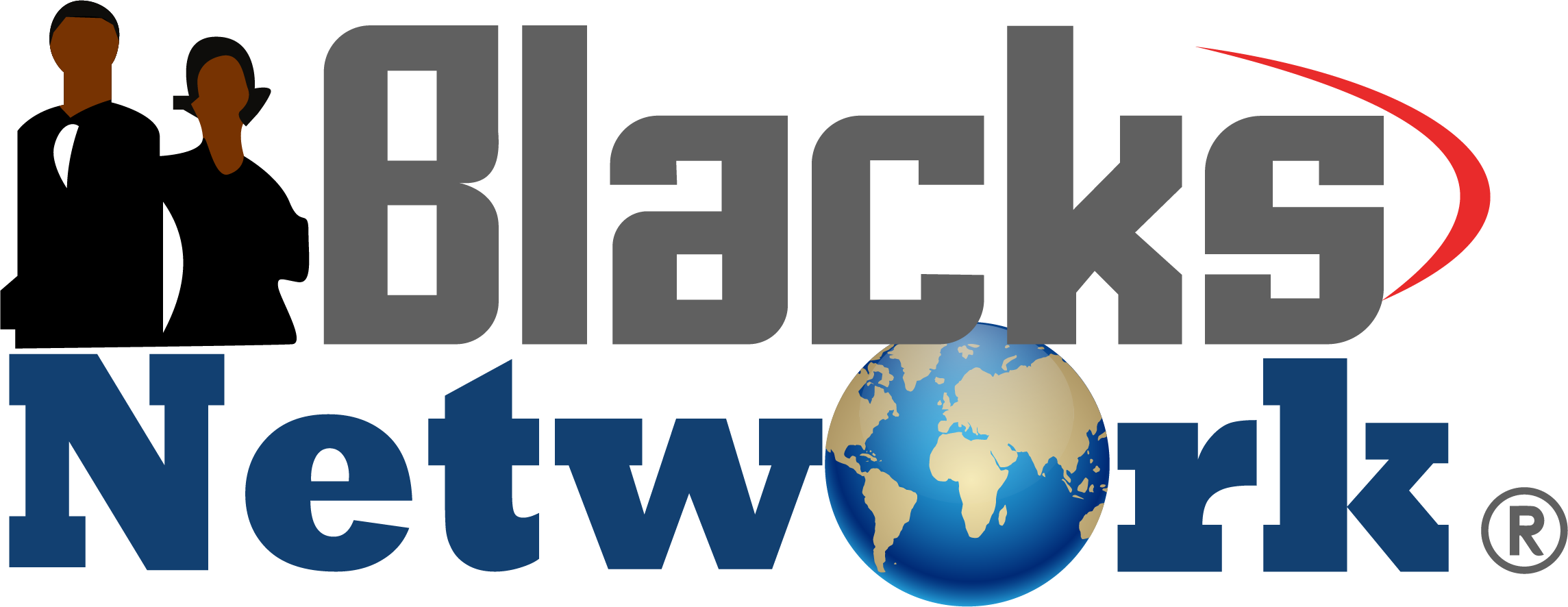Exploring Metal Solutions: Applications, Benefits, and Industries
Various industries make use of metal solutions hence there durability, flexibility, and accuracy are employed in manufacturing, construction, and even design. Metal solutions make it possible for companies to construct durable and efficiently designed products for example from bespoke machining to surface treatments.
To know more about metal solutions- https://www.indianmetal.solutions/
Metal Solutions Types
Metal solutions, which involve the given service of areas and processes that relate to metallurgy as well as metal application, include change, combination, and finishing of actual metal work pieces.
Common metal solutions include the following;
Metal Fabrication
Metal fabrication is a procedure that entails cutting, pounding, and assembling raw materials in order to produce parts or finished products. This procedure is practiced in industries such as construction, automobile and manufacturing. Some of the common methods applied are;
• Cutting - Laser cutting, plasma cutting as well as water jet cutting are used to furnish accurate cuts to many forms of metals.
• Welding - This is the practice of melting metals and combining two or more pieces together forming one solid piece.
• Forming and Bending - This entails giving desired shapes to plain sheets or rods of metals.
Metal Coating and Finishing
In order to improve the aesthetic and protective properties of metal products additional functions entitled coating and finishing are utilized. Metal coatings prevent corrosion, abrasion, and chemicals. Some coatings include:
Powder Coating: In this method, a protective coating in the form of dry powder is uniformly spread on the metal surface and then consolidated through heat.
Anodizing: This process is most applicable to aluminum where surface hardness is increased and corrosion is reduced.
Galvanizing: A type of steel or iron68-coating which prevents rusting by the application of zinc coating.
Metal Casting
This method includes producing pieces of hardware by pouring molten metal in a mold which produces an object of complicated configurations. This method is widely used when manufacturing parts for machineries, engines, construction equipment and very many more.
Machining
Machining is a method by which a portion of a metal workpiece is cut off or chipped in order to attain a specific shape or a particular surface texture. Different techniques like CNC (Computer Numerical Control) machining, which can perform repetitive tasks with high accuracy are multipurpose machining methods that are used when manufacturing parts which require precision machining.
Benefits of Metal Solutions
Across industries, metal solutions provide a wide range of benefits which makes them quite popular for large-scale undertakings as well as for custom projects. The main advantages include:
Durability and Strength
Steel, aluminum, and titanium are some of the most strong metals that can be used in construction due their load bearing ability as well as being able to withstand high temperatures and adverse conditions. It suffices for durable and structural applications.
Versatility
Metal solutions can be used in different industries and for various applications. From small-sized intricate electronics that contain metal components to large-sized structural members such as beams used in construction metals can be cut, shaped and finished into any desirable form.
Precision
Production of metal components can reach a high degree of accuracy and precision due to the presence of advanced technologies such as CNC machining and laser cutting. This is largely applicable in such sectors as aerospace, automotive and medical devices where precision is of utmost concern.
Sustainability
Aluminium and steel metals are among the most recyclable materials and therefore solutions made from metal are less wasteful as compared to other materials. Furthermore, efforts to reduce wastage of resources are also made in most metal fabrication processes resulting in less pollution.
Comparing the costs, metal solutions are cheaper in the long run, despite their initial cost being higher as they are durable and last long. What’s more, enhancements in metalworking technologies have eased the complexities associated with the production of specific parts while reducing their costs.
3.Different Industries Making Use of Metal Solutions
Different metal solutions are employed across different industries to carry out their activities. They include:
Construction
Metal solutions are extensively utilized in the construction sector for making frames, roofs, bridges among other structures. There are steel and aluminum which are used because of their tensile strength and resistance to very high and low weather conditions.
Automotive
Car frames, engine parts and other components in the automotive industry rely on metal fabrication and machining processes. To enhance fuel economy, lightweight metals, especially aluminum, are progressively incorporated.
Aerospace
In the aerospace sector, precision and strength cannot be compromised. The aviation industry uses light but firm metal solutions such as titanium and aluminum in manufacturing aircraft parts in safety and performance spell out.
Manufacturing
Industries engaged in the production of industrial and household electronic devices are reliant on metal solutions in the fabrication of parts and components. Ensuring products meet the required specifications involves subjecting them to several processes such as machining, casting, and coating.
Medical Equipment
The medical industry targets food metal devices used in the construction of surgical operating tools, implants, and diagnostic devices. In addition, precision machining is relevant in guaranteeing the consistency level of the medical equipment.
Synes godt om
Kommentar
Del










 1 (877) 773-1002
1 (877) 773-1002